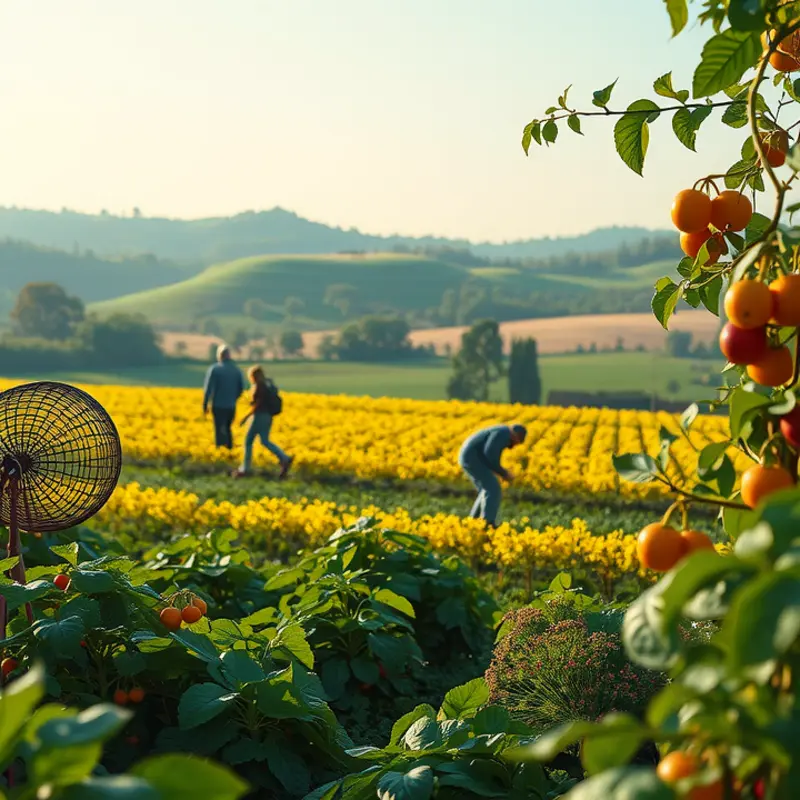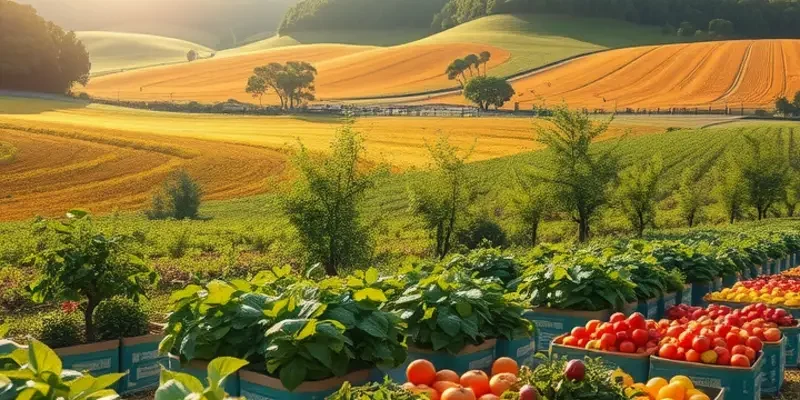The world of food is a vast tapestry, woven from centuries of history, culture, and regional specialties. Every dish tells a story, whether it’s the fragrant spices of the Middle East or the subtle umami of Japanese cuisine. Understanding food history not only enhances our appreciation of what’s on our plates but also connects us to the diverse cultures that have shaped our culinary landscape. Join us as we explore the foundational elements of food history, uncovering unique culinary traditions and celebrating the rich variety of flavors from around the globe.
The Origins of Culinary Traditions

The story of culinary traditions is deeply intertwined with humanity’s journey through history. Early humans foraged for nuts, fruits, and roots, a testament to their intimate connection with nature’s bounty. As humans began to settle, agriculture emerged, transforming the landscape of culinary practices. Agricultural development allowed early societies to cultivate staple crops like wheat, rice, and maize, which formed the backbone of their diets.
The domestication of these crops enabled the establishment of permanent settlements, thus spurring the growth of civilizations. Each society adapted their cooking to suit available ingredients, leading to the creation of unique traditional dishes. These early agricultural advancements set the stage for complex food traditions that persist today.
Furthermore, trade routes like the Silk Road were pivotal in the exchange of foods and spices. Spices, once more valuable than gold, traversed continents, enhancing the flavors of dishes far from their origins. The transportation of spices, such as pepper, cinnamon, and ginger from Asia to Europe, not only livened up bland dishes but also changed culinary practices forever. You can explore more about how trade influenced culinary traditions in this article on culinary influences through trade.
As people migrated, they carried their culinary practices with them, spreading ingredients and techniques across borders. This migration led to the fusion of distinct food traditions, which resulted in the rich tapestry of global cuisines we see today. The introduction of tomatoes in Italian cuisine, chilies in Indian dishes, and potatoes in Ireland showcase the adaptability and evolution of food traditions.
Indigenous crops, too, played a crucial role in forming culinary identities. In Mesoamerica, maize became central not only as food but also as a pillar of cultural and religious significance. In Asia, rice cultivation influenced everything from societal structures to culinary practices. Each region’s indigenous resources dictated not only what could be harvested but also how it would be prepared.
Over time, communal feasts, which were once a celebration of the harvest and a means to unite people, evolved into individualized meals reflecting personal taste, dietary needs, and lifestyles. Despite these changes, the essence of sharing food as a communal entity remains resilient.
Cooking techniques like smoking, drying, and fermenting transcended boundaries, allowing food to be preserved and enhancing flavors and nutritional profiles. These methods were shared and refined over generations, exemplifying human ingenuity and adapting culinary methods to environmental constraints.
In essence, the origins of culinary traditions are a testament to human resilience, adaptability, and creativity. As we sit down to a meal today, we’re not just consuming food; we’re partaking in a rich history that has shaped civilizations and continues to bring people together.
Cultural Exchanges and Culinary Innovations

Globalization has stitched together a tapestry of culinary experiences that enrich our palates beyond traditional borders. Historical trade routes, like the Silk Road, allowed spices and ingredients to travel, transforming regional cuisines. Imagine the vivid flavor palette brought to Europe by the advent of spices such as pepper, cinnamon, and cloves—these not only altered meals but also influenced economic landscapes.
The exchange of ingredients sparked culinary innovations. Take tomatoes, a staple in contemporary Italian cuisine, as a prime example. When they first arrived from the Americas, they were met with skepticism due to their nightshade origins. Over time, they became icons of Italian cooking, appearing in pasta sauces and as pizza toppings, forever changing the culinary scene.
In Asia, the introduction of chilies, another New World product, revolutionized the cuisines of India and China. Now considered essential in Szechuan and Indian cooking, chilies demonstrate how integral such exchanges are to flavor profiles that we identify with specific cuisines today.
Fast forward to modern times, and we see the same patterns playing out in food festivals worldwide. These cultural gatherings offer a platform for chefs to explore fusion cuisines, blending traditional dishes with new ingredients and techniques. For instance, the explosion of sushi’s popularity outside Japan is a testament to globalization’s embrace. Sushi has been reimagined to include local ingredients, creating regional varieties that cater to new tastes while maintaining its core identity.
Moreover, culinary fusion extends to traditional practices. Consider the rise of the taco with a twist, where traditional Mexican tacos are infused with Korean flavors—kimchi, bulgogi, and other Korean BBQ delights—highlighting how chefs use historical backgrounds and personal experiences to innovate.
Such exchanges remind us of the interconnectedness fostered by globalization. They prompt curiosity and creativity within culinary arts, where chefs experiment with both ancient grains and modern practices to create unique dishes catering to a broader, more diverse audience.
The ripple effects of globalization on food culture are evident in our daily lives. As we explore different cuisines, whether through travel, dining out, or cooking at home, the blending of flavors from various corners of the globe enriches our experience.
For those interested in diving deeper into the nuances of global culinary influences, additional insights can be found here. This resource provides more examples of culinary interchanges and their impact, accentuating the breadth and depth of food globalization.
In the end, globalization has reshaped our dining landscape, fostering a dynamic environment where culinary traditions are celebrated yet continually evolving. The journey through food history becomes ever richer as flavors cross borders, creating a confluence of tastes that reflect our world’s diversity.
Final words
Food history is an intricate narrative that intertwines cultural heritage with culinary practice. It offers a window into humanity’s relationship with nature, community, and creativity. As we savor a meal, we partake in a tradition that spans generations and continents. Understanding this history enriches our dining experience, reminding us that every dish has a backstory that deserves recognition. Whether through embracing local ingredients or celebrating international flavors, we can continue to foster a deep appreciation for the diverse culinary traditions that shape our global landscape.








